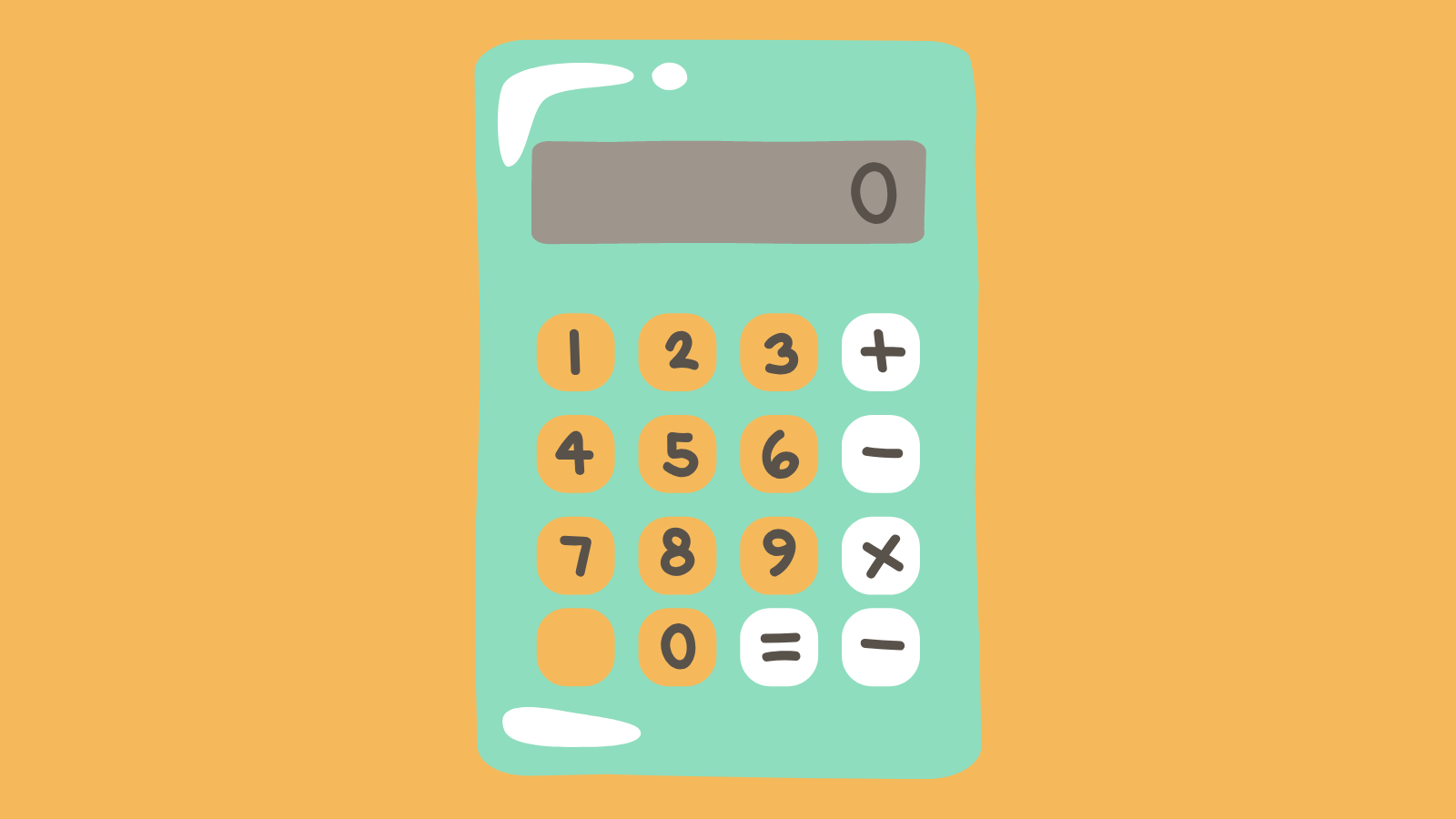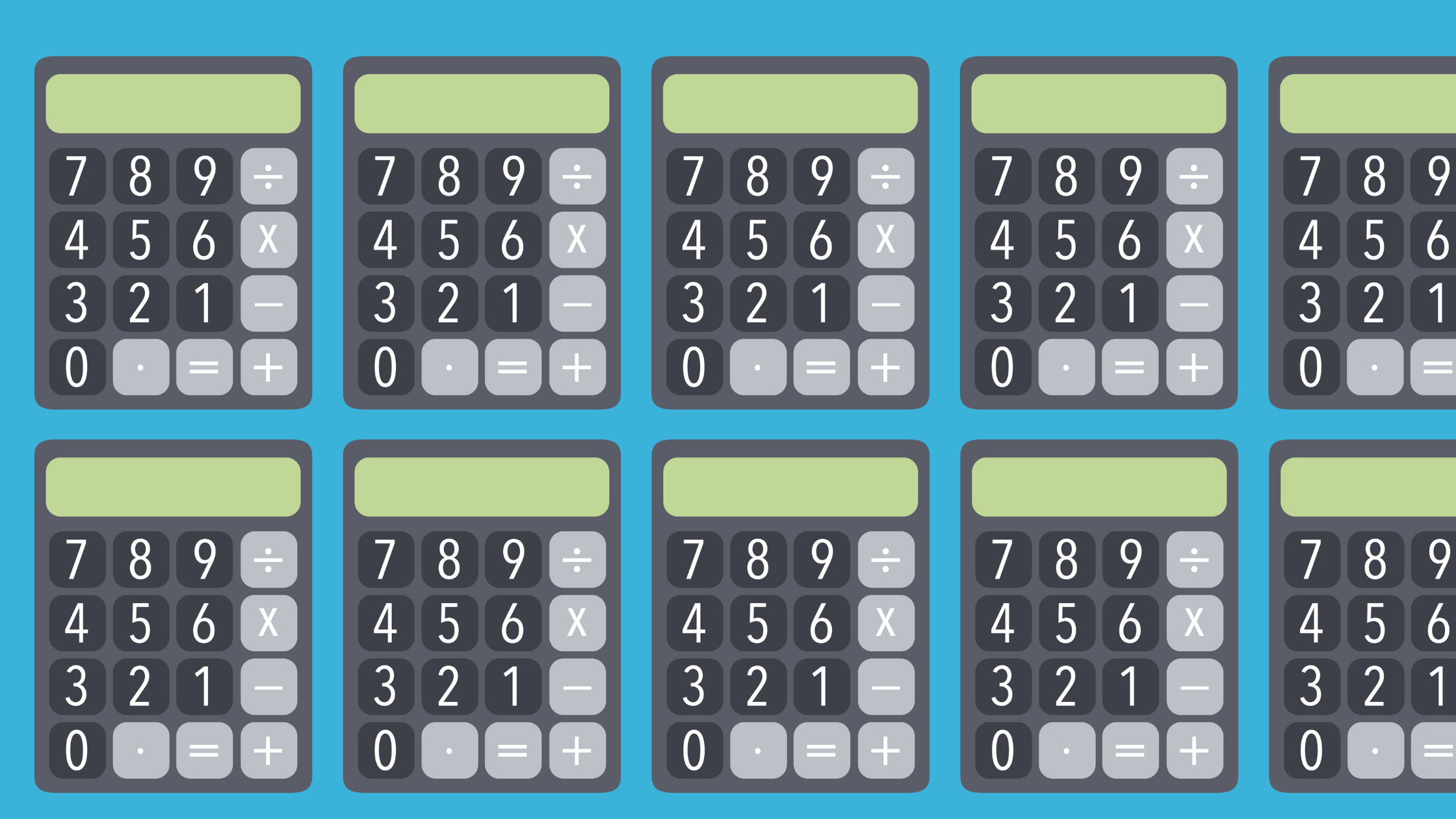What is Cost of Goods Sold?
Cost of goods sold (COGS) is the direct cost associated with the production and storage of products that are later sold. The specific costs included in COGS include:
- Raw materials
- Direct labor costs
- Parts used to make a product
- Supplies used in either making or selling the product
- Shipping or freight in costs
- Overhead costs
- Indirect costs, like distribution or sales force costs
- Container costs
- Items intended for resale
.png?width=1600&name=A%20warehouse%20with%20large%20boxes%20stacked%20outside%20(1).png)
What isn’t Included in the Cost of Goods Sold?
Costs related to administration and sales are not included in the cost of goods sold. For example:
- Administrative salaries
- Utilities
- Rent
- Insurance
- Legal expenses
Choosing an Accounting Method for COGS
There are four different inventory costing methods that companies can adopt. The value of the cost of goods sold depends which method you choose. The options are:
- First In, First Out (FIFO)
- Last In, First Out (LIFO)
- Average Cost Method
- The Special Identification Method
First-in-First-Out (FIFO)
With the FIFO approach, goods that are manufactured first are sold first. Companies that use the FIFO method typically sell their least expensive items first because prices generally go up over time. This means these companies have lower recorded COGS than those that use the LIFO. That means the net income increases over time with FIFO.
.png?width=1600&name=Four%20arrows%20going%20in%20a%20circle%20(1).png)
Last-in-First-Out (LIFO)
With the LIFO approach, goods that were added to the inventory most recently are sold first. When prices are rising, goods with higher costs are sold first. This leads to a higher COGS amount and a decrease in net income over time.
.png?width=1600&name=Two%20arrows%20pointing%20in%20opposite%20directions%20(1).png)
Average Cost Method
The average cost method uses the average price of all the goods in stock, regardless of purchase date, to value the goods sold. Taking the average product cost means the COGS is less likely to be highly impacted by high-cost acquisitions or purchases.

Special Identification Method
The special identification calculates the ending inventory and COGS for each period using the specific cost of each item. In this method, a business knows precisely which item was sold and the exact cost. This method is typically used in industries that sell unique items like cars, real estate, and rare and precious jewels.

Basic COGS Formula
(Beginning Inventory + Purchases) – Ending Inventory = COGS
How Complicated is Calculating COGS?
If you have any manufacturing labor costs or direct sales costs, those also count. Those don’t apply to all businesses.
Depending on the inventory method your business uses, calculating inventory costs may be a little more complicated. The costs you include if you use FIFO will be different from the ones you include if you use LIFO.

Exclusions From COGS Deduction
Since COGS is only the cost of inventory sold during a given period of time, this doesn’t apply to all companies. Some service-based companies don’t have any cost of goods sold at all because they don’t sell physical products or have inventories. Examples of pure service companies include
- accounting firms
- law offices
- real estate appraisers
- business consultants
- professional performers
All of these industries have business expenses, but they don’t list COGS. Instead, they list “cost of services” which doesn’t count towards a COGS deduction at tax return season.
Cost of Revenue vs. COGS
Costs of revenue exist for ongoing contract services that can include:
- raw materials
- direct labor
- shipping costs
- commissions paid to sales employees.
These items can’t be claimed as COGS unless they are tied to a physically produced product that the business sells.

Operating Expenses vs. COGS
Operating expenses, also known as OPEX, are expenses that aren’t directly tied to the production of goods or services. Operating expenses and cost of goods sold (COGS) are both expenses as a result of running a business but they are listed as separate things on the income statement.
SG&A (selling, general, and administrative expenses) expenses are expenditures that are not directly tied to a product such as overhead costs.
Examples of operating expenses include the following:
- Rent
- Utilities
- Office supplies
- Legal costs
- Sales and marketing
- Payroll
- Insurance costs
SG&A are usually included as a separate line item under operating expense.
![]()
Cost of Goods Sold Fraud
Some accountants and managers manipulate costs of goods sold on their financial statements to commit fraud. This could include
- Overstating manufacturing overhead costs
- Overstating discounts
- Overstating returns to suppliers
- Altering the amount of inventory left in stock at the end of the accounting period
- Overvaluing the inventory on hand
- Failing to write-off obsolete inventory
Artificially inflating inventory means an under-reported COGS. This leads to higher than actual gross profit margins and net income.
![]()
Best Practices for Cost of Goods Sold
The cost of goods sold is usually the largest expense line item on the income statement. That means it’s worth it to take a lot of time to analyze it and keep it from going up at the same pace as sales. You can do that by recording the parts of the cost of goods sold in as many sub-accounts as you can. This makes it easy to see what makes up the COGS and places where you can cut costs to improve your bottom line.
When you do this, make a list of possible reductions from your COGS and give them a higher priority than other expense-cutting measures. Try to only make cuts that won’t worsen the customer experience. If your cost-cutting measures drive customers away, you’ll lose profit anyway and it won’t be worth the cuts you made.
.png?width=1600&name=Clipboard%20with%20checklist%20(1).png)
Cost of Goods Sold and Tax Returns
Businesses that hold physical inventory are required to calculate COGS when they determine their taxable income.
This calculation of COGS for tax purposes includes both direct costs and parts of the indirect costs for certain production or resale activities. These are defined by the uniform capitalization rules. Examples of indirect costs that are included for tax purposes but not other purposes for calculating COGS include, but are not limited to:
- Rent
- Interest
- Taxes
- Storage
- Purchasing
- Processing
- Repackaging
- Handling
- Administration
For detailed worksheets, see IRS Publication 334. What most managers need to understand is this expanded calculation of COGS usually decreases the total tax bill.
For businesses with under $26 million in gross receipts, there are some exceptions to the rules for inventory, accrual accounting, and COGS. Consult with a local tax expert for more information.
.png?width=1600&name=A%20tax%20return%20and%20a%20stack%20of%20money%20(1).png)
Using Accounting Software to Track Cost of Goods Sold
Calculating COGS can be challenging and tedious. It involves keeping complete and accurate records for both the GAAP calculations reported on financial statements and, separately, to support a tax return. It also requires precise inventory management and tracking production costs throughout the year. The more products you sell, the more complex it can all get.
That’s why companies with a variety of SKUs are better off calculating COGS with a robust accounting and inventory management system.
However you manage it, knowing your COGS is crucial for profitability. It’s important to understand its components and calculate them correctly. An accurate COGS is also important for setting prices according to your ideal profit margins.
Calculating COGS becomes more challenging as your business becomes more complex. Using an accounting system with inventory management integrations can make the process take less effort and make it more accurate.
.png?width=1600&name=A%20line%20drawing%20of%20a%20computer%20displaying%20graphs%20(1).png)
Frequently Asked Questions About Cost of Goods Sold
What Is the Difference Between Cost of Goods Sold and Cost of Sales?
Both Cost of Goods Sold and Cost of Sales describe the costs associated with selling a good or service. Investors and analysts sometimes use them interchangeably. Either term can appear as a line item below the revenue in an income statement for a company.
Do Cost of Goods Sold Appear on the Balance Sheet?
The Cost of Goods Sold appears as a line item in the income statement. Inventories, which are goods that have not yet been delivered appear on the balance sheet. Inventories are associated with the cost of sales.
Is Cost of Goods Sold an Operating Expense?
Cost of goods sold includes the costs associated with the production of a good or a service. Operating expenses are tied to the company’s everyday course of business operations such as
- Sales
- Marketing
- Building rental
- Research
- Development.
How Sav Can Help
No matter how you manage your business finances, we’re here to make it easy for your business to succeed online. Our website builder payment options give you and your customers the options you need to make it easy for money to come in. The automatic tax calculations feature makes it easy to figure out your sales taxes. You can even configure tax invoices right here. Start your free trial today and start earning tomorrow!
Newsletter
Popular
Top Articles
Recommended articles
A Complete Guide to Facebook Ad Sizes
Facebook ads are an essential part of any social media marketing strategy. Facebook may not be the most popular social network for the...
Read moreHow to Come up With Ecommerce Product Ideas
Whether you’re starting a new ecommerce business or expanding a pre-existing one, what products to sell online is an important decision....
Read moreThe 10 Best Providers for Print on Demand Books
Always wanted to write your own book? Self-publishing with a print on demand book service can make that dream a reality more easily than...
Read more



.png?width=1600&name=Question%20marks%20in%20circles%20(1).png)


